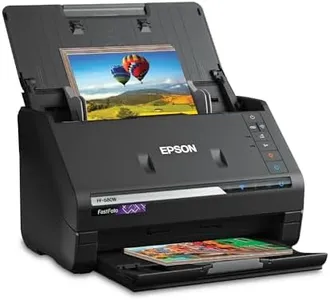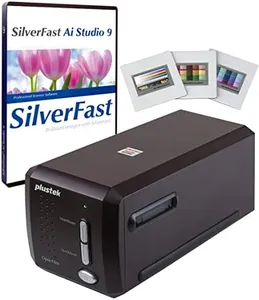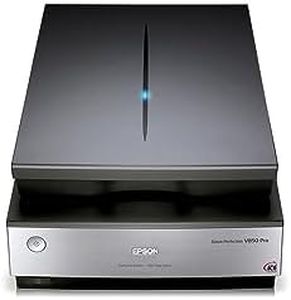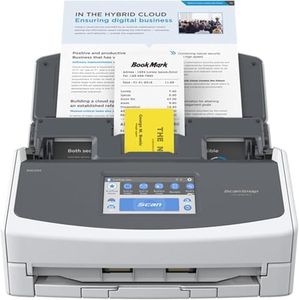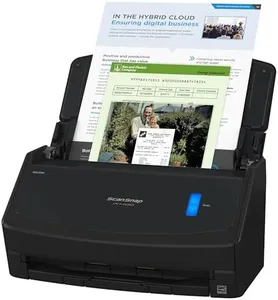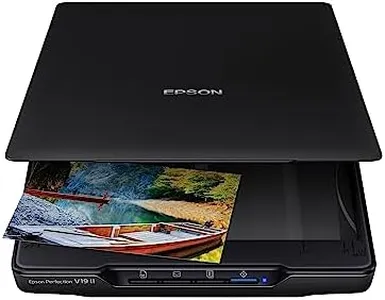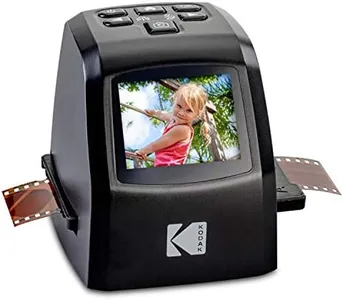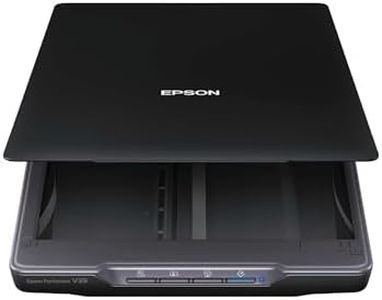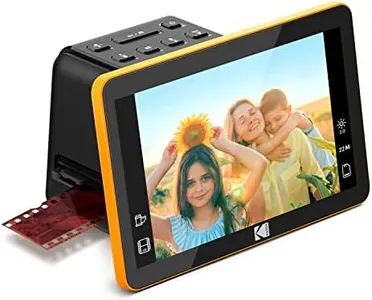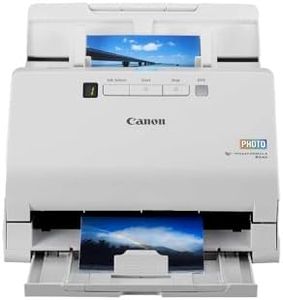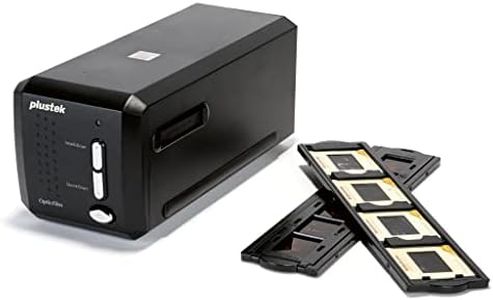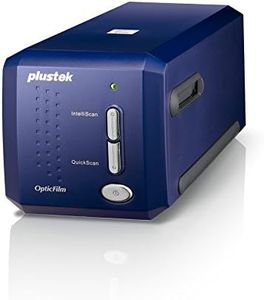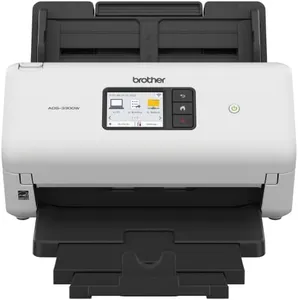We Use CookiesWe use cookies to enhance the security, performance,
functionality and for analytical and promotional activities. By continuing to browse this site you
are agreeing to our privacy policy
10 Best Photo Scanner
From leading brands and best sellers available on the web.Buying Guide for the Best Photo Scanner
Choosing a photo scanner is all about understanding how you'll use it. Whether you want to digitize old family photos, preserve high-quality prints, or just need something quick and simple, the best fit comes down to which features matter most for your needs. As you consider options, think about the types and quantities of photos you have, your quality expectations, and how much time you're willing to invest in the scanning process.Resolution (DPI)Resolution, measured in DPI (dots per inch), refers to how much detail the scanner can capture. This is especially important for preserving older photos or enlarging scanned images. Lower resolutions (around 300-600 DPI) are fine for sharing online or regular prints, while higher resolutions (1200 DPI and above) are better if you plan to crop or make large prints. Consider the quality of your original photos and what you’ll do with the scans to determine the right resolution—archiving precious memories or needing detailed reproductions usually calls for higher DPI.
Color DepthColor depth is about how well the scanner captures color hues and shades. It’s measured in bits, with more bits meaning more accurate and richer color representation. Standard scanners offer 24-bit color, which is suitable for everyday photo scanning, while 48-bit models provide greater color accuracy, which is ideal for professionals or those archiving valuable or faded photos. Your need for color depth depends on how true-to-life you want your scans and if you plan on editing them later.
Scan SpeedScan speed is how quickly a scanner can process each photo. Faster models save you time when dealing with large stacks of pictures, while slower scanners may be acceptable if you only scan occasionally. Typically, speed is measured in seconds per photo, so think about how many photos you need to scan and how patient you are with the process. For large projects, a faster scanner can make the task much easier.
Photo Handling/Feeding OptionsPhoto handling refers to how the scanner manages photos—single-feed (one at a time), automatic document feeder (ADF), or flatbed. Flatbed scanners are gentle and versatile, suitable for delicate or varying photo sizes, while ADF systems can process many photos quickly but may not handle fragile or odd-sized photos as well. Pick a method based on the variety and condition of your photos: flatbeds for delicate or mixed photos, ADF for bulk scanning of similar-sized, sturdy prints.
Compatibility and ConnectivityCompatibility involves making sure the scanner works with your computer’s operating system, and connectivity is about how it connects—USB, Wi-Fi, or even SD card. USB is reliable and straightforward, while Wi-Fi and SD card options allow for greater flexibility and wireless operation. Consider what devices you have and whether you need the freedom to scan directly to your computer or share easily with other devices.
Software FeaturesPhoto scanners often come with bundled software to help organize, edit, or restore images. This can include features like automatic color correction, scratch reduction, and easy sharing options. If you’re looking to do basic enhancement or want help organizing your scanned library, more feature-rich software will make things easier. If you only want to scan and store, simpler software may be all you need.
